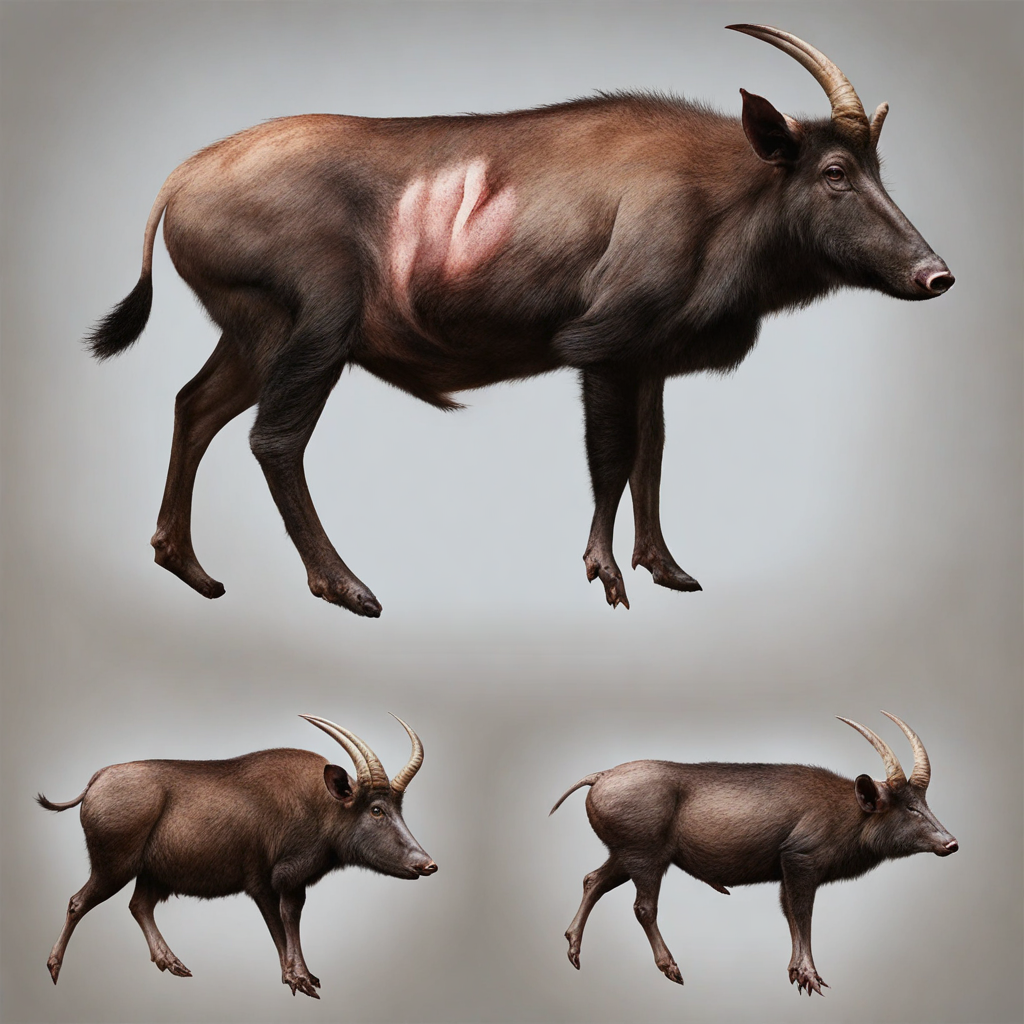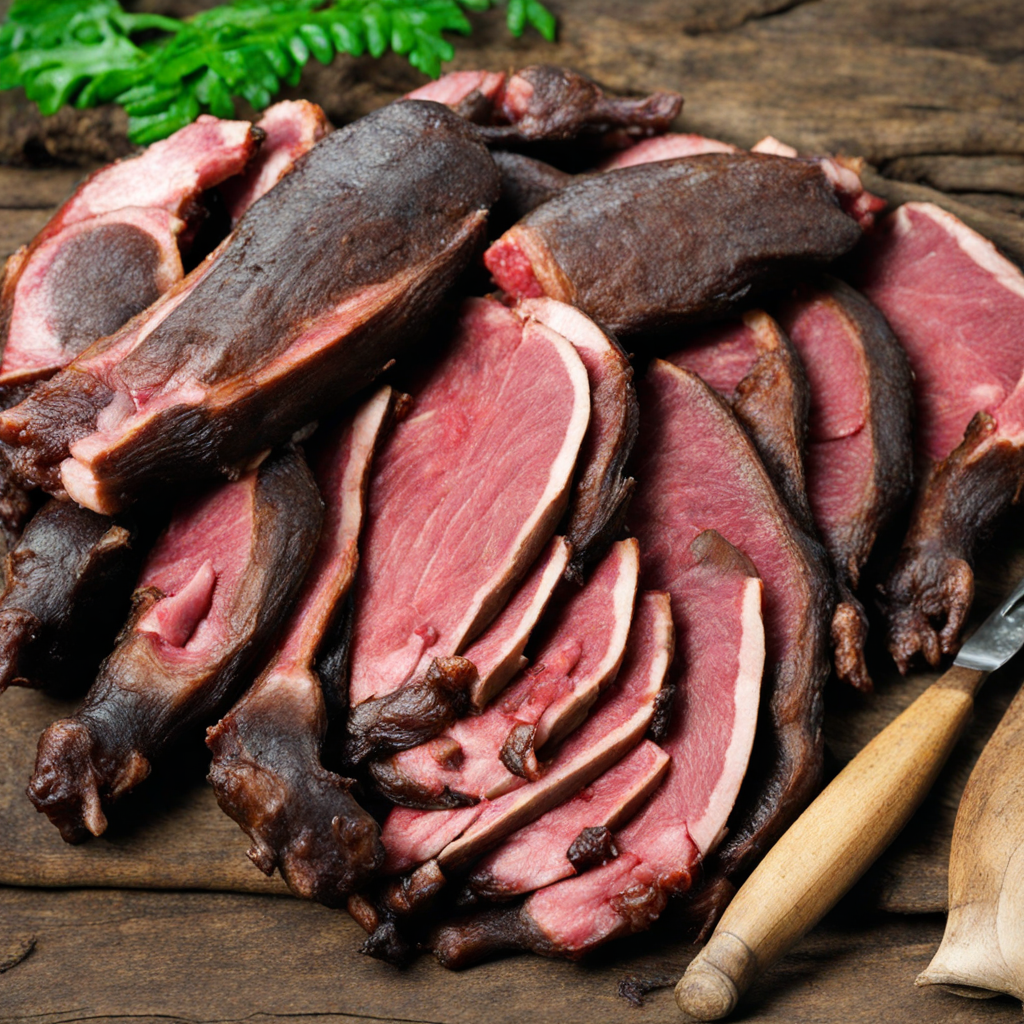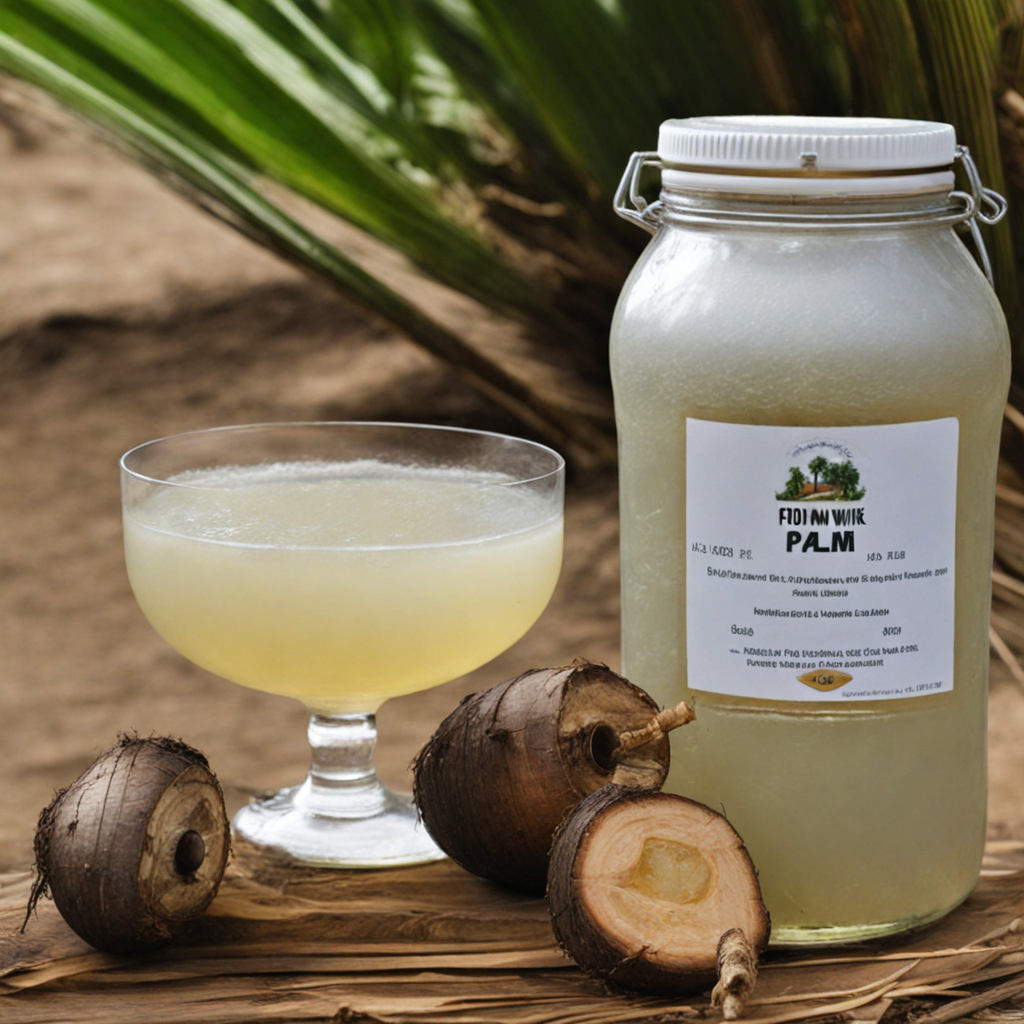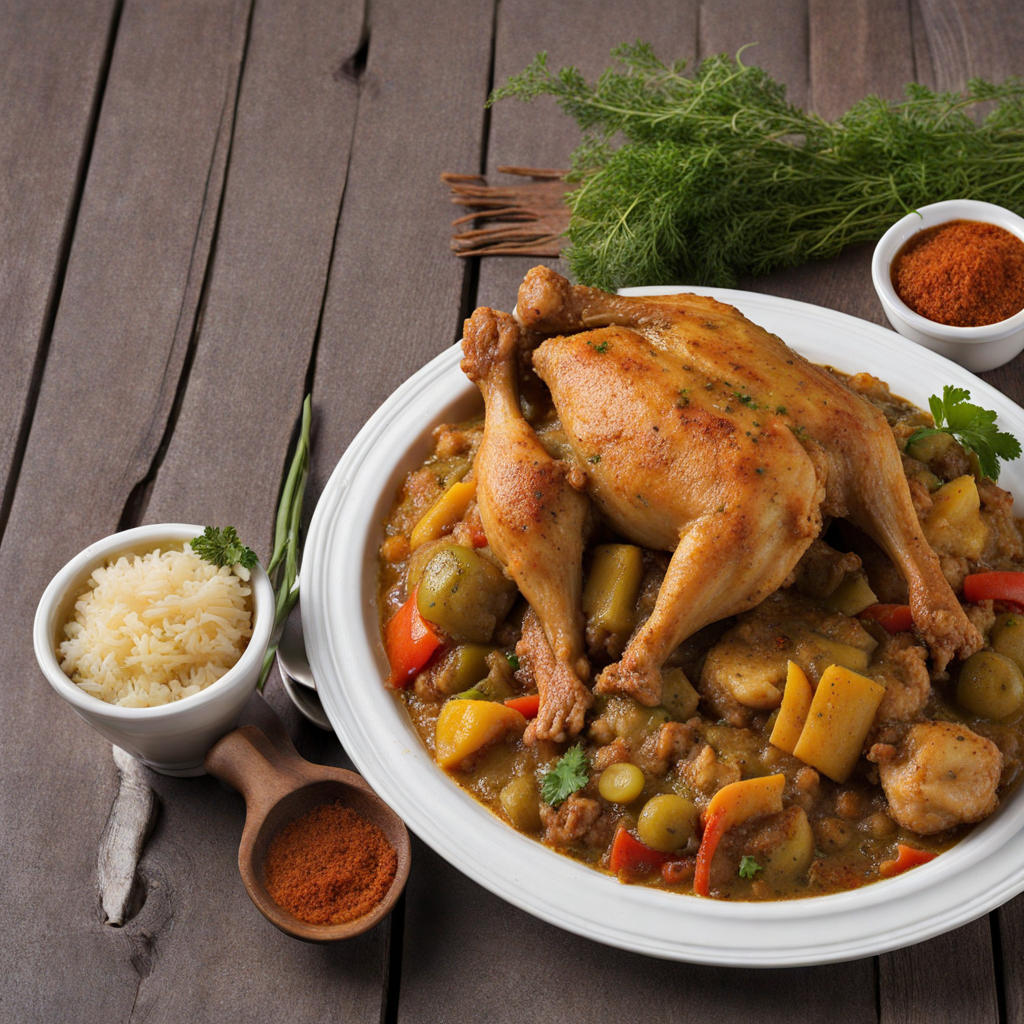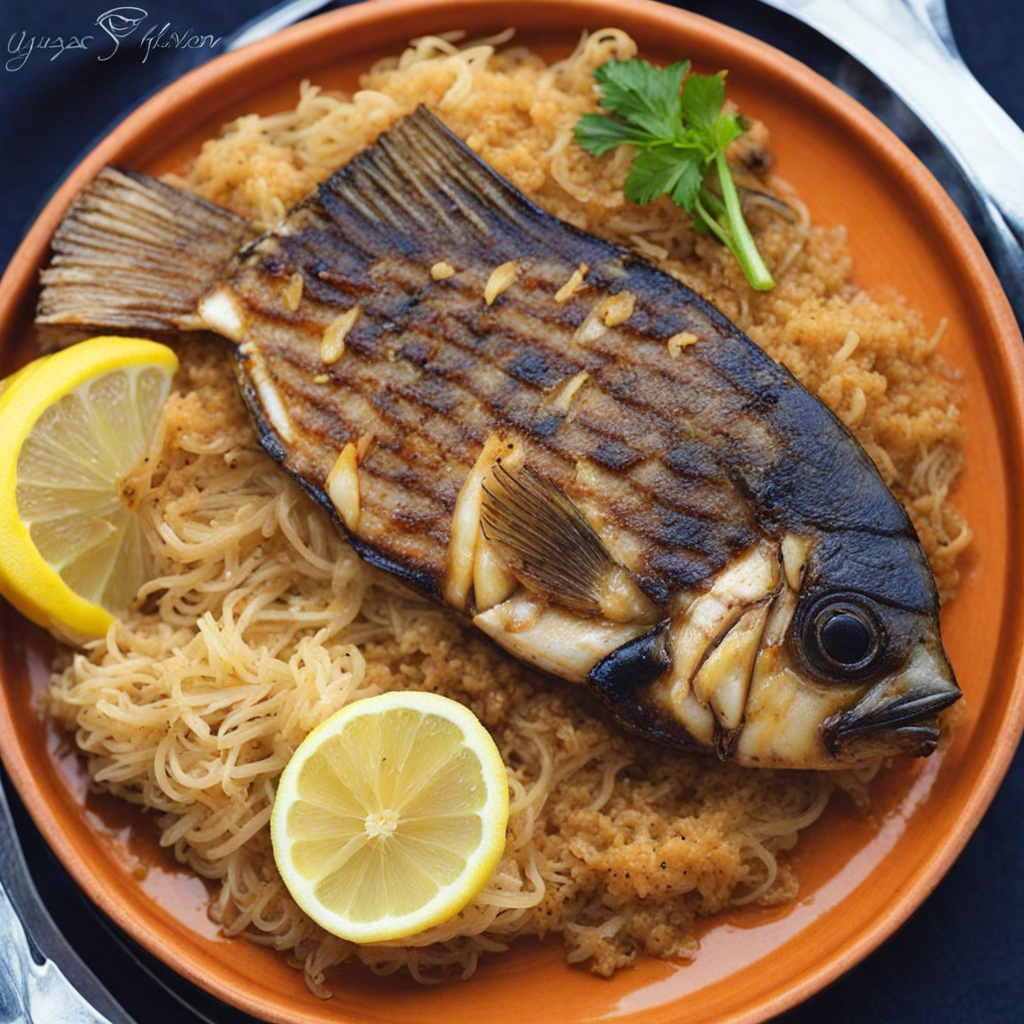Bushmeat
Bushmeat, a term that refers to the wild animals hunted for food, is a significant part of Gabon's culinary landscape. In this lush Central African nation, the dense forests teem with a variety of wildlife, offering a unique array of flavors that many adventurous eaters may find intriguing. The meats typically harvested include species like antelope, wild boar, and even primates such as monkeys. The preparation of bushmeat often involves traditional methods of smoking or drying, which impart a distinct, rich flavor profile that is both earthy and gamey, setting it apart from conventional meats. The taste of bushmeat can vary significantly depending on the animal and the preparation method. When cooked, it often features a robust, hearty flavor that resonates with the essence of the forest. The textures range from tender and juicy to firmer and chewier, providing a unique experience with each bite. This meat is frequently stewed or grilled, often accompanied by locally-sourced ingredients like cassava, plantains, and a variety of spices, creating a meal that is not only satisfying but also deeply rooted in the region’s traditional practices. Bushmeat is more than just food; it is a cultural symbol that connects the people of Gabon to their environment and heritage. Dining on bushmeat offers an opportunity to engage with the local way of life and the sustainable practices of hunting that have been passed down through generations. As you savor this distinctive dish, you are not only experiencing a new taste but also partaking in a culinary tradition that blends the rich biodiversity of Gabon with the rich history of its people.
How It Became This Dish
The History of Viande de Brousse: A Culinary Treasure from Gabon Origin and Definition Viande de Brousse, which translates to "bush meat" in French, is a term widely used in Gabon and other regions of Central Africa to refer to the meat sourced from wild animals. This encompasses various species, including antelope, monkeys, wild boar, and various birds. The practice of hunting and consuming bush meat has deep roots in Gabonese culture, closely intertwined with the traditions and lifestyles of the local communities, particularly among the indigenous peoples. The origin of Viande de Brousse can be traced back to the early hunter-gatherer societies that first inhabited the rainforests and savannas of Central Africa. These societies relied heavily on local fauna for sustenance, developing a rich knowledge of animal behavior, seasonal patterns, and the ecosystems around them. Hunting was not merely a means of survival; it was an activity that fostered social bonds, cultural identity, and spiritual beliefs, with various rituals surrounding the hunt. Cultural Significance In Gabon, Viande de Brousse holds considerable cultural significance. It is often viewed as a delicacy, celebrated for its unique flavors and the connection it fosters with the land. Consuming bush meat symbolizes a link to the ancestors and the natural world, as many local traditions emphasize harmony with nature. The act of hunting itself is imbued with cultural rituals, often involving prayer and offerings to spirits for a successful hunt. Bush meat is not just a source of protein; it plays a vital role in social gatherings and communal feasts. During significant events—be it a wedding, a birth celebration, or a community festival—Viande de Brousse often takes center stage. The preparation of the meat typically involves traditional techniques that have been passed down through generations, such as smoking, drying, or marinating with local spices and herbs, enhancing its flavor and preserving it for longer periods. In addition to its culinary appeal, bush meat also features in the folklore and mythology of various Gabonese ethnic groups. Many tales revolve around animals hunted for their meat, imparting moral lessons or explaining natural phenomena. The stories and songs associated with bush meat highlight its importance in the cultural narrative, solidifying its place in the collective memory of the Gabonese people. Development Over Time The relationship between Gabonese communities and Viande de Brousse has evolved significantly over the centuries. As colonial powers imposed their rule in the late 19th and early 20th centuries, hunting practices faced new challenges. The introduction of new laws and regulations aimed at wildlife conservation altered traditional hunting methods. While these regulations sought to preserve endangered species and promote sustainable practices, they also created tension between local communities and colonial authorities, who often failed to understand the cultural significance of bush meat. With the rise of urbanization and globalization in the late 20th century, the dynamics surrounding Viande de Brousse began to shift further. As more people moved to cities in search of economic opportunities, traditional hunting practices diminished, and bush meat became less accessible. However, the demand for bush meat did not wane; instead, it became a sought-after commodity, with urban dwellers often desiring a taste of their heritage. The illegal trade of bush meat emerged as a significant issue, driven by both local and international demand. This underground market often resulted in overhunting and the depletion of certain species, raising concerns about biodiversity and conservation efforts. In response, various NGOs and government initiatives have been launched to promote sustainable hunting practices, educate communities about wildlife conservation, and support alternative livelihoods to reduce reliance on bush meat. Despite these challenges, Viande de Brousse remains an integral part of Gabonese identity. Efforts to revive traditional hunting practices have gained momentum, with communities emphasizing the importance of preserving their cultural heritage while also adapting to modern conservation efforts. This has led to a renewed appreciation for the culinary techniques associated with bush meat, as chefs and home cooks alike experiment with innovative recipes that honor traditional flavors while addressing contemporary issues. Contemporary Perspectives Today, Viande de Brousse is experiencing a renaissance, with chefs in Gabon and beyond embracing bush meat in gourmet culinary circles. High-end restaurants are incorporating bush meat into their menus, highlighting its unique flavors and the stories behind the ingredients. This revival has sparked a broader conversation about food security, biodiversity, and the importance of sustainable practices in the culinary world. Moreover, the growing interest in bush meat has led to the exploration of ethical hunting methods and the establishment of community-led initiatives aimed at sustainable wildlife management. These efforts not only help preserve the cultural significance of Viande de Brousse but also contribute to the conservation of Gabon’s rich biodiversity. By promoting sustainable hunting, communities are empowered to take ownership of their natural resources and ensure that future generations can continue to enjoy the flavors and traditions associated with bush meat. Conclusion Viande de Brousse is more than just a culinary delight; it embodies the rich history, cultural significance, and evolving practices of the Gabonese people. Its journey from the hunter-gatherer societies of ancient times to its current status as a sought-after delicacy reflects the dynamic interplay of tradition and modernity. As Gabon navigates the challenges of conservation and cultural preservation, Viande de Brousse stands as a testament to the resilience of its people and their enduring connection to the land. Embracing this culinary treasure not only honors the past but also paves the way for a sustainable and vibrant future in Gabon’s gastronomic landscape.
You may like
Discover local flavors from Gabon


